From Salt and Scrub to Stamps and Sunshine: Our Vanuatu Arrival Adventure
After 9 days at sea, we finally reached Vanuatu on a Sunday morning. I could’ve thought of a million things to do without a rolling boat, like having a big, cooked breakfast, enjoying a long hot shower, reading, writing, relaxing, and sleeping. But reality had other plans. Instead, we had to scrub the boat to get rid of all the salt spray and bird poop—a delightful gift from the French when we stopped at Chesterfield Reef. But first things first, everything is a team effort here on Strannik. All hands on deck, which means it only took us 3 hours to clean this big boat.
In every country we arrive at, we have to go first to the Port of Yacht Clearance. In some countries like Vanuatu, there are four different Ports of Clearance on different islands, depending on which direction you’re coming from. In other countries like New Caledonia, it’s just one port you must get to before doing anything else. Setting foot on land without clearance is illegal and could end up in a hefty fine, which in Vanuatu could be up to NZD $68,000 and two years in prison. Everyone on board has to go through immigration, and the boat has to go through quarantine. Just like arriving at an airport, you’d get a visa and stamp on arrival, and your bags would be checked to ensure you’re not bringing in any restricted items into the country like seeds, fresh fruit, dairy etc.
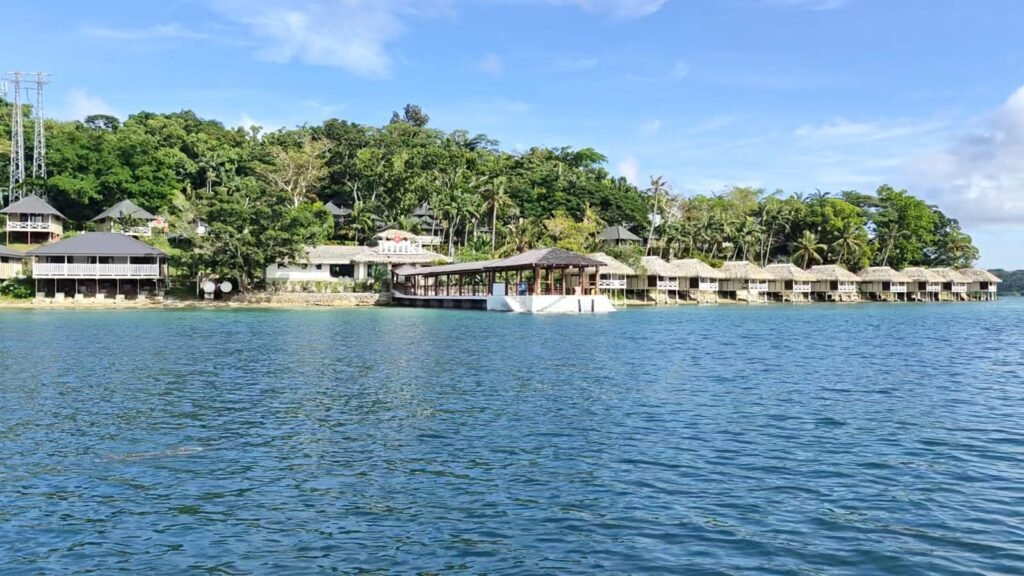
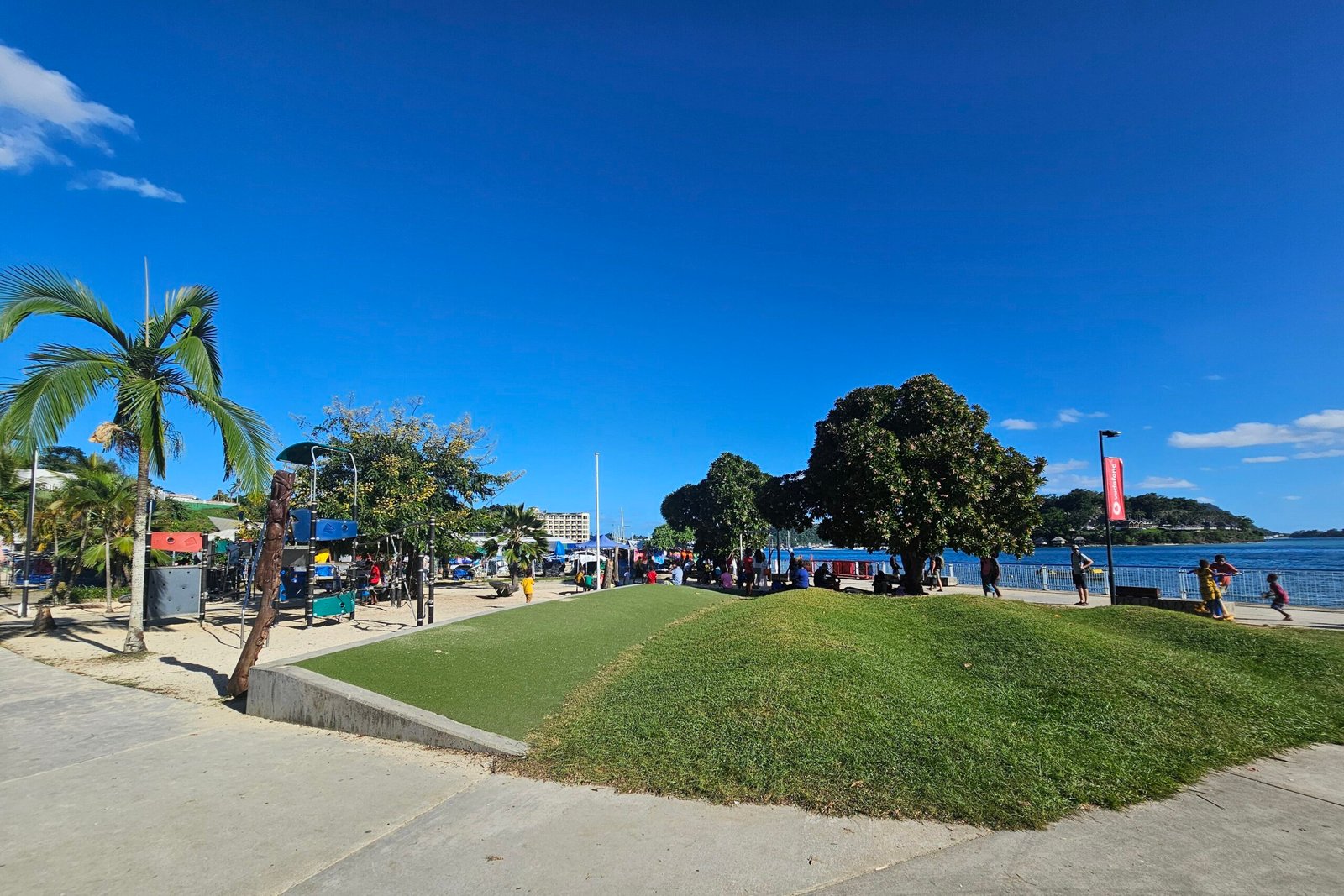
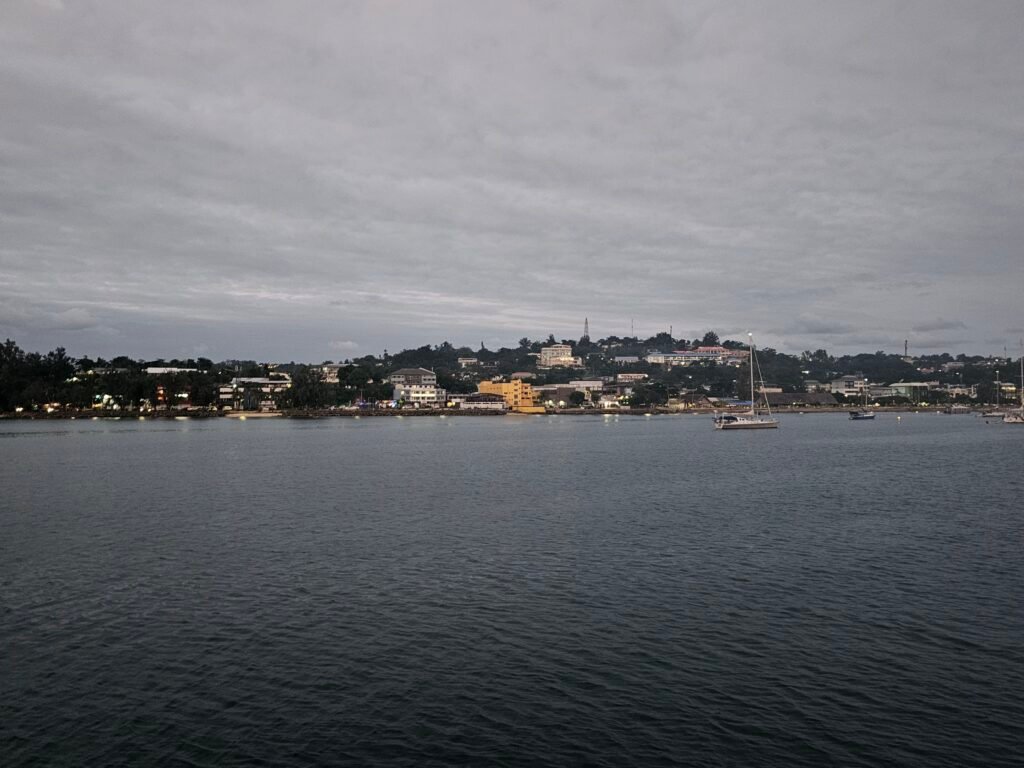
A yellow quarantine flag and the flag of the country we are entering need to be flying the moment we enter the port. In fact, for Vanuatu, we had to fly both flags 200nm off any Vanuatu island until clearance is completed (who on earth can see a flag from 200nm?). The yellow flag needs to stay up until we are all checked in, and the country flag for the whole time we are in Vanuatu.
Since we arrived on a Sunday, officials, of course, weren’t working until Monday, so we had to stay on board until border control came on board. Customs know of all yachts arriving at least 24h before arrival as this is one of the clearance requirements. We started contacting the port first thing Monday morning at 7:30 am, and I think around 10:30 am, we had five officials on board. A lot of paperwork needed to be presented—almost a whole folder full—and we all had to fill out our custom arrival cards like you would when arriving by plane. They were checking our freezers and fridges and, surprisingly, did not take any of the fresh fruit, vegetables, seeds, or nuts from us. They only advised that we could eat all this on board and were not allowed to take it on land. Gosh, if I had known this, I would’ve covered myself with two years’ worth of cheese in Australia!
I’ve now got my very first stamp in my Kiwi passport. Whoop whoop! This is going to be one of those treasured passports with many more stamps to come.
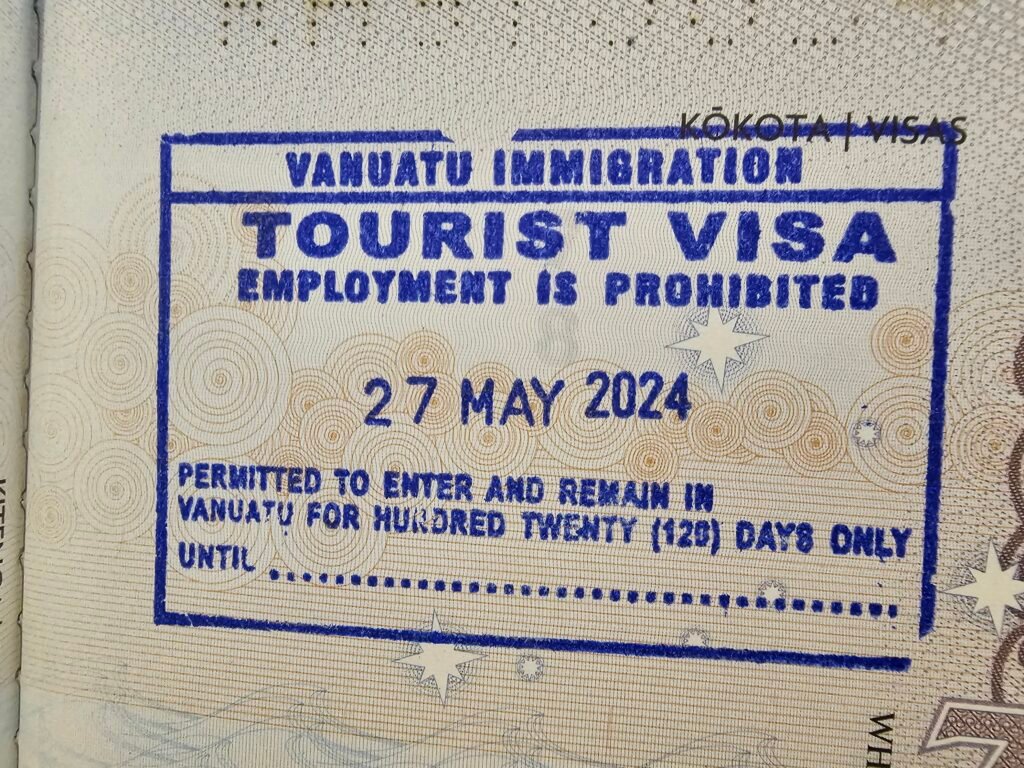
It turns out that we still had to go to immigration in the afternoon to get our arrival stamp, give our fingerprints, get pictures taken, get the cruising permits for the provinces we wanted to visit in Vanuatu and to drop our rubbish to the quarantine bins. But we were allowed to go onshore in the meantime, so we managed to get some money exchanged.
Just after 1 pm we were at border control onshore, and like everything from now on it was island time. No one was in a hurry, and the computers kept freezing so it took a while but finally we were out of there and able to explore Port Vila for a bit. The first thing we did was get a Digicel SIM card and some data. After all, we’ll be here for two months. 30 days and 9GB for $16 NZD seemed reasonable. The town has a nice, relaxed feeling with a big park and playgrounds right at the waterfront where everyone is just chilling. We quickly checked out the supermarkets to compare some prices and nearly had a heart attack. Now we understand why people say to stick to local food and why we got pallets full of supplies in Australia before leaving.
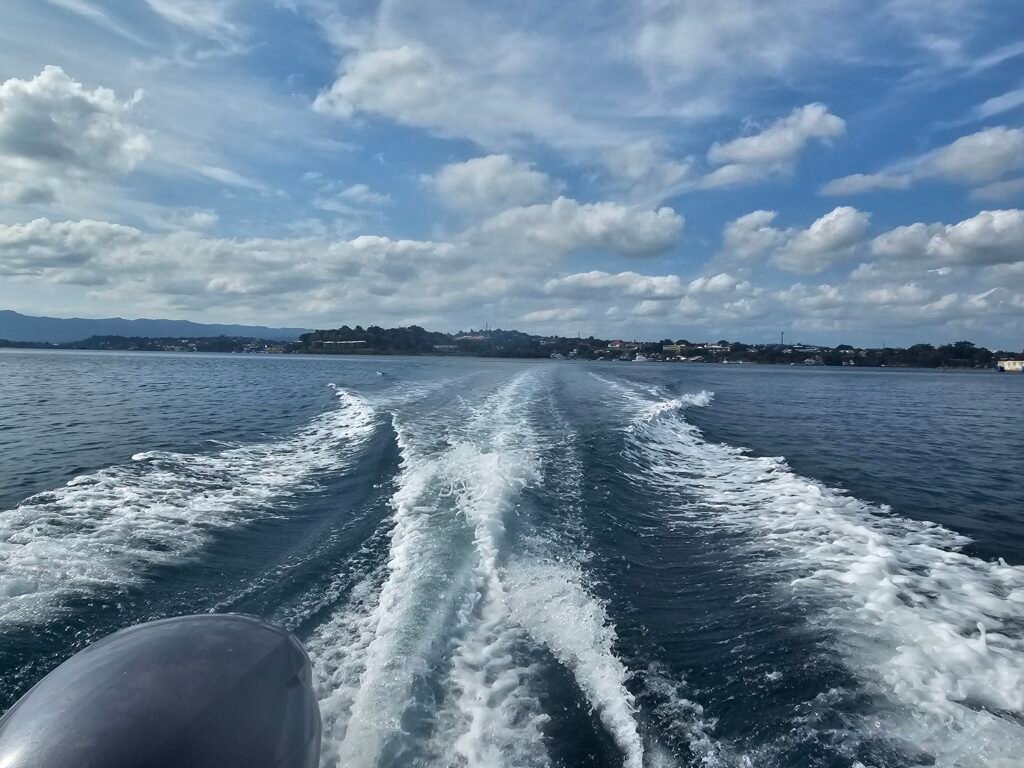
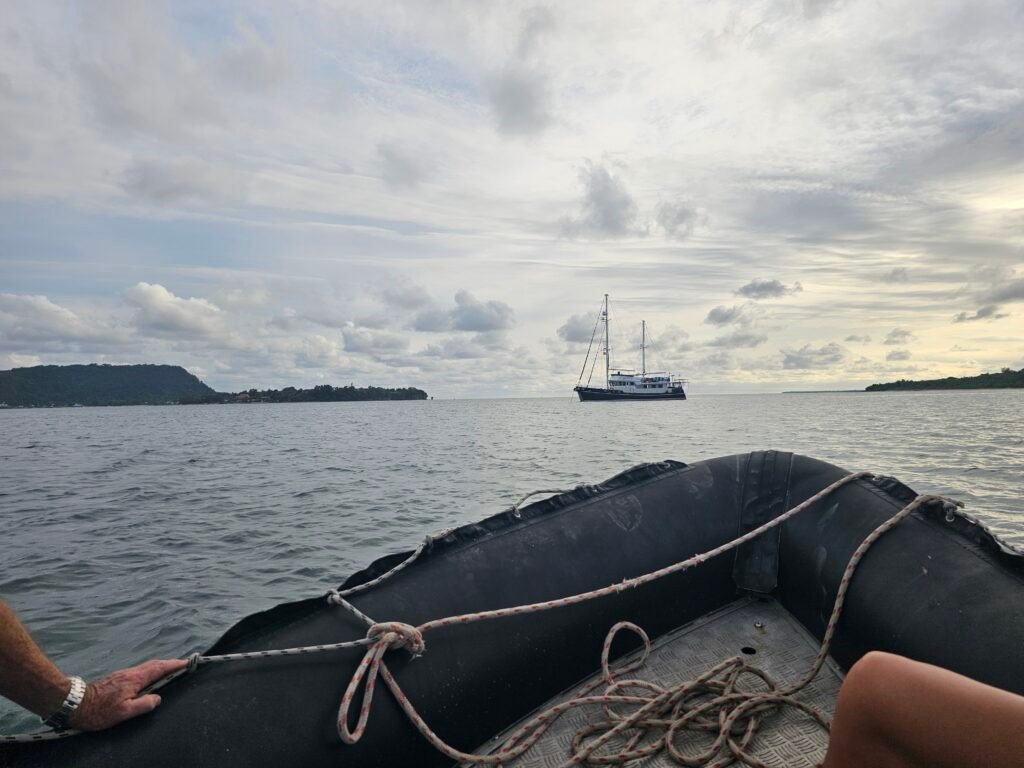
At dinner, it turned out we wouldn’t be long in Port Vila. We were meant to stay a few days to rest before heading to the most southern island, Aneityum, but the weather was turning with some gusty wind from the southeast. It was only wise to beat the bad weather, get to Aneityum, and not get stuck in Port Vila before the 35-knot winds kicked in. But that meant we would again battle headwind for two days and one night, so we could stay put at the island and shelter from the southeasterlies while exploring some remote places.
The next morning, we quickly visited the daily markets in Port Villa to buy some fresh produce like 8 pineapples (just soooo good), bananas, salad, tomatoes, oranges, homemade banana chips (essential, of course), and a quick visit to the big supermarket to buy some more essentials like cheese! Well, really, everyone just went to buy more meat because some people on board couldn’t live without it and are always scared to run out. But as I don’t eat meat, my essentials look a bit different. Some people need meat of all kinds; I prefer cheese of all kinds. They have pretty awesome French products and cheese here but trying to be frugal with our savings to make this journey as long as possible, I only bought one cream cheese for $8.20 NZD. Which I will regret!!! Not because of buying it, but because of not buying all the cheese there is in Port Vila! As it turns out nothing can replace the happiness of cheese. Verdict: better to enjoy a short adventure with cheese than a long journey without!
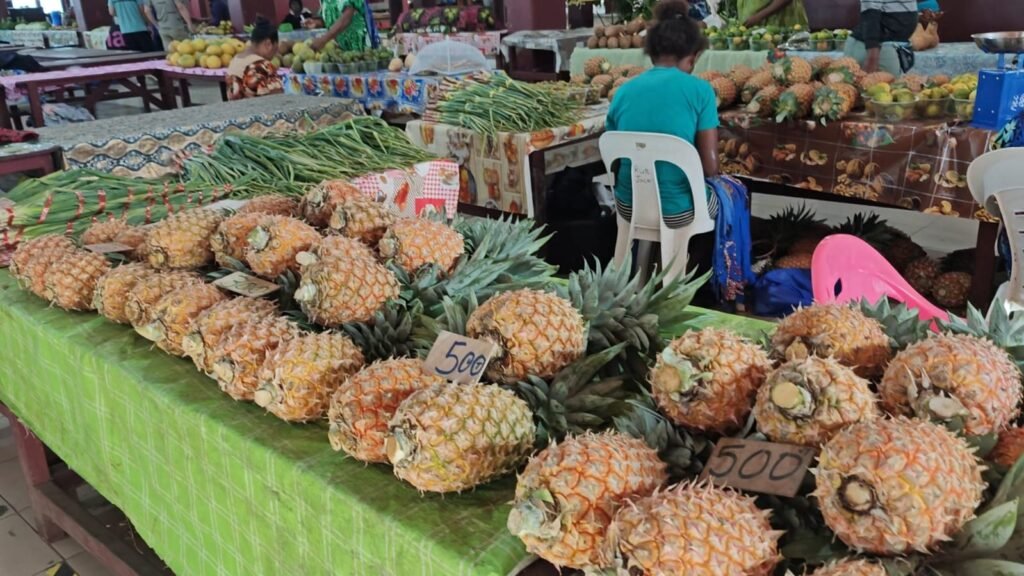
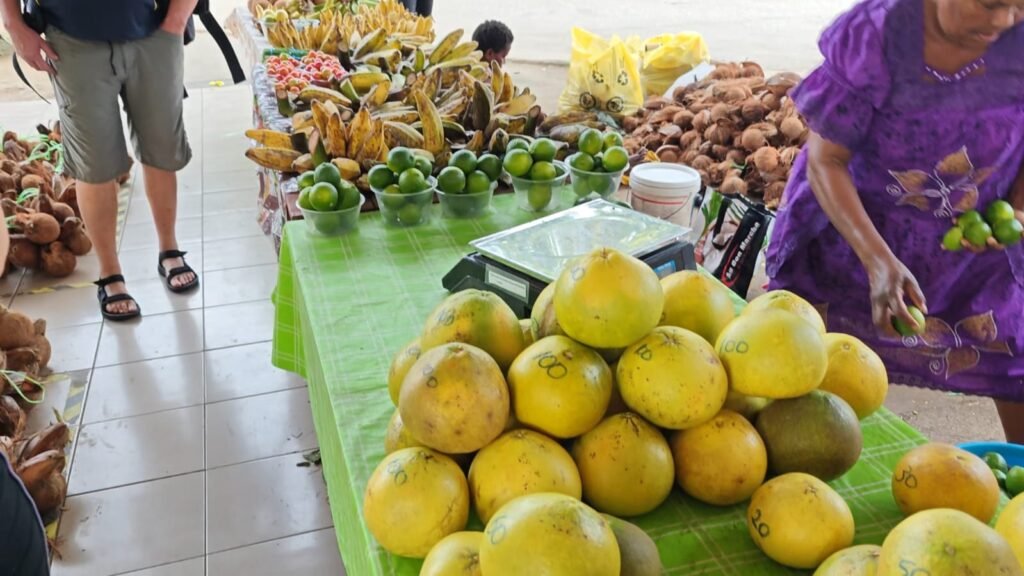
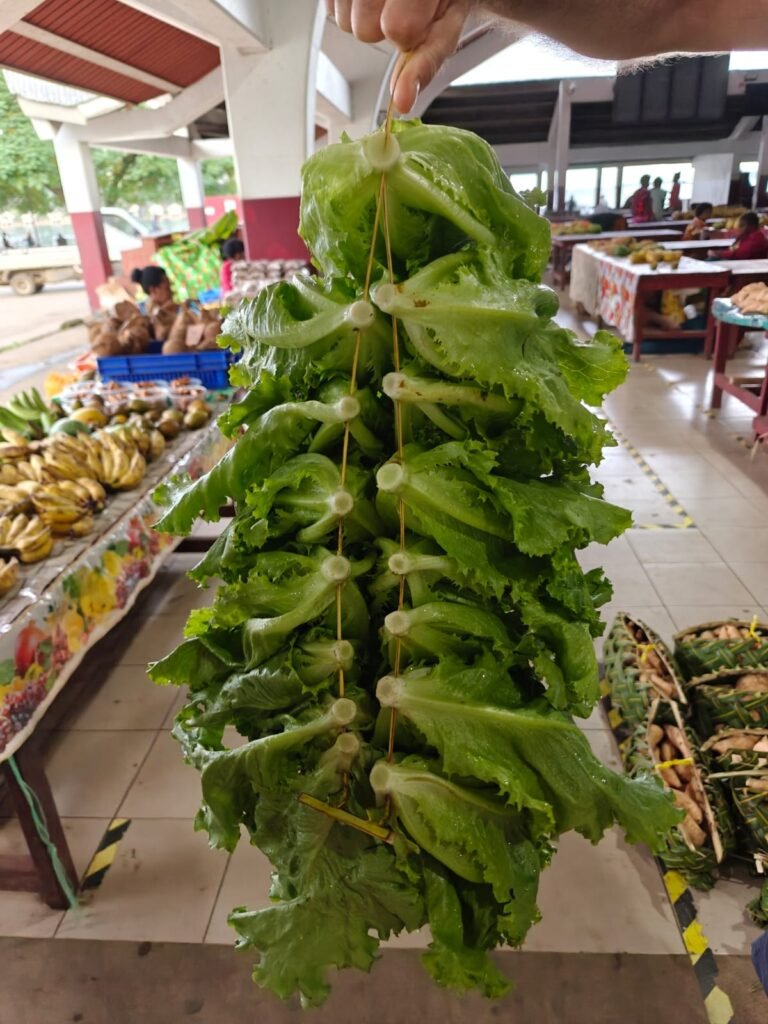
Anyway, we managed to get the anchor up by 11 am to hammer down the coast and after two day watches, and one night watch with fairly rough sea (as headwind is never fun but absolutely doable with MV Strannik), we arrived at Aneityum. What a beautiful little spot. I’m looking forward to exploring the area!
